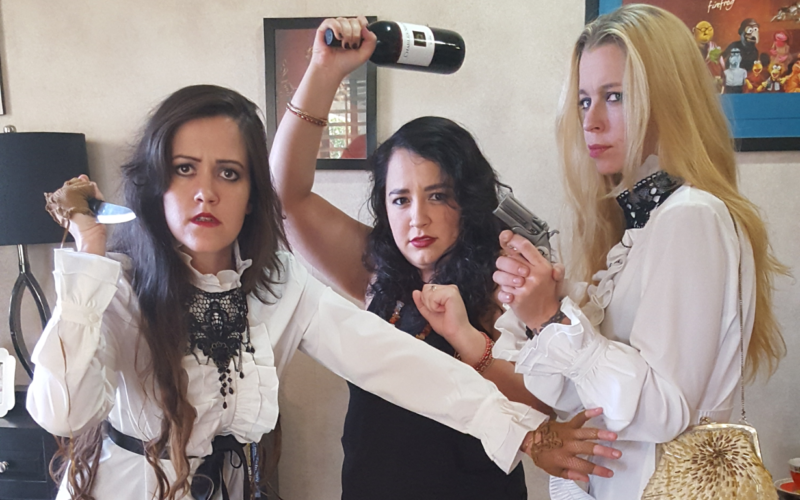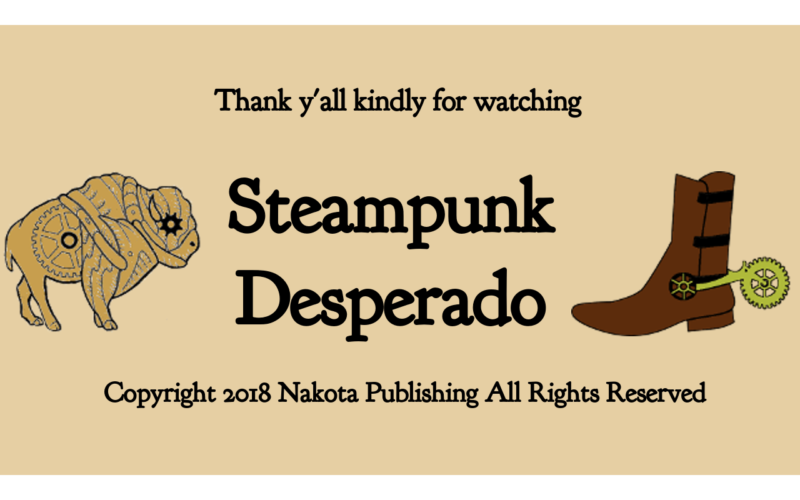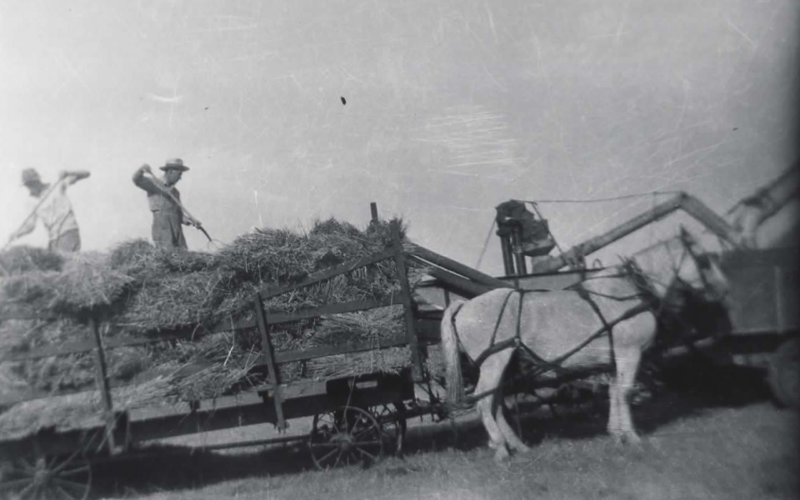
Matt Groening, creator of The Simpsons, is one of those people who can get the public’s attention simply by announcing a new project. His Futurama quickly became a cult classic and as for The Simpsons, there’s hardly a place on the planet where they haven’t heard of Homer and Bart. So Disenchantment, his new medieval fantasy animation was sure to be a hit.
As is the case with any Groening show, the characters are what make it special. The teenage Princess Tiabeanie (a.k.a. “Bean) is a reversal of practically every royal stereotype. She’s rebellious, crass, conniving, and she drinks like the proverbial fish. She is plain, sloppily dressed, and sports a pair of buck teeth reminiscent of the anthropomorphic rabbits Groening used to draw in the 1980’s. Her friends include a clueless exiled elf ironically named Elfo and her own personal demon, the catlike Luci. Her father is a loud fat buffoon (where have we seen this guy before?) and her stepmother is a creepy swamp creature. Every other character is hilariously weird in some fashion. I’m happy to say, however, that the characters are drawn with 5 fingers on each hand rather than 4.
Speaking of The Simpson’s, the humor on Disenchantment is superficially similar. Much of it is slapstick, with a repeated gag in which people tumble down stairways, hillsides, or mountains. It also has plenty of silly puns, for example, the way all elves have ridiculously descriptive names ending in -o.
The episodes revolve around Bean’s exploits which usually involve defying or outwitting her father. Though Bean is perfectly capable of getting herself into trouble, Luci’s constant instigation always makes things worse. As her reverse conscience, Luci doesn’t try to persuade her; he just harangues her with “Do it! Do it! Do it!” His outrageousness made him our favorite character.
Disenchantment is a funny show, but the humor’s not as sophisticated and multi-layered as The Simpsons, particularly in that show’s first 7 seasons with its original writing team. It doesn’t have the philosophical implications underlined by classic episodes such as “Bart’s Soul.” The show frequently pays homage to other medievally themed pop culture classics such as Game of Thrones and Monty Python and the Holy Grail. I even caught an apparent reference to Terry Pratchett’s Discworld. Sometimes the writers feel obliged to explain the joke after telling it, especially if those jokes that involve Elfo. I get the impression they’re doing that with humorous intent, though in my opinion, these meta-jokes fall flat.
Like The Simpsons, Disenchantment has mature themes that make it less-than-ideal for young children. (On a personal note, my son watched The Simpsons from Day 1 and he turned out fine.) Disenchantment is more violent, however, though it never gets as crude and mean-spirited as Seth McFarlane’s Family Guy.
According to a brief Google search, “the critics” don’t like Disenchantment very much. Don’t listen to those spineless left-wing pod people. Arlys and I thoroughly enjoyed it and we hope it gets a second season. I highly recommend it, particularly for mature audiences, though it never quite matches the genius of early Simpsons. I give it 4.5 stars out of 5.



































